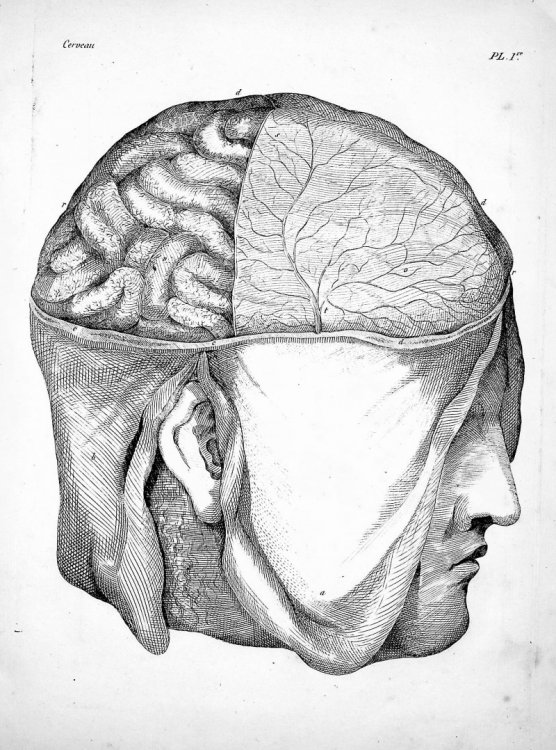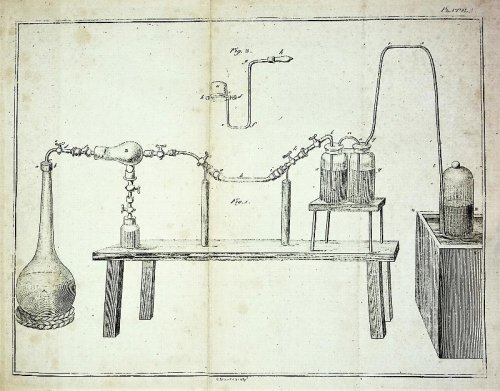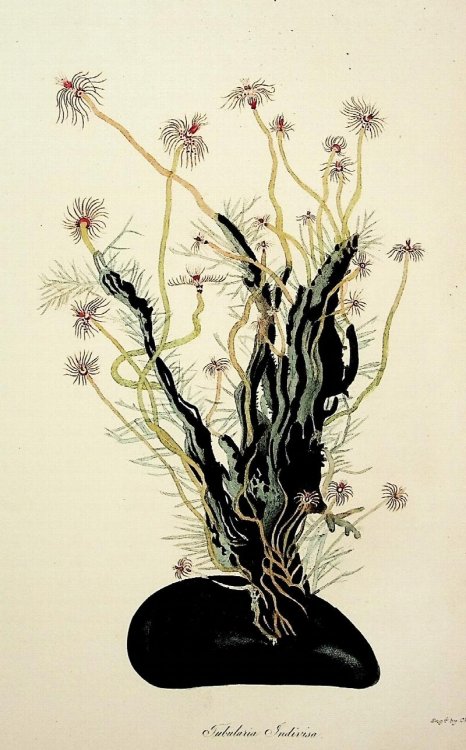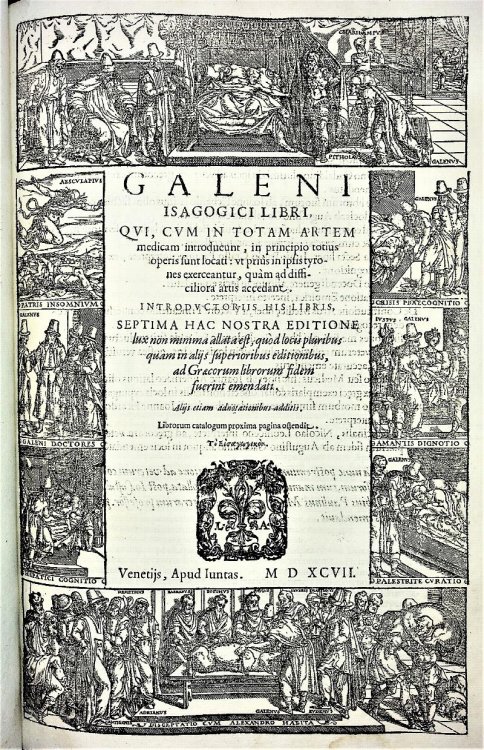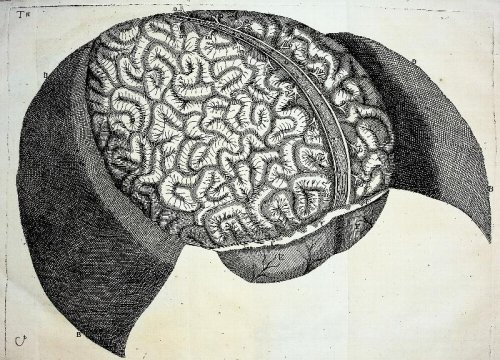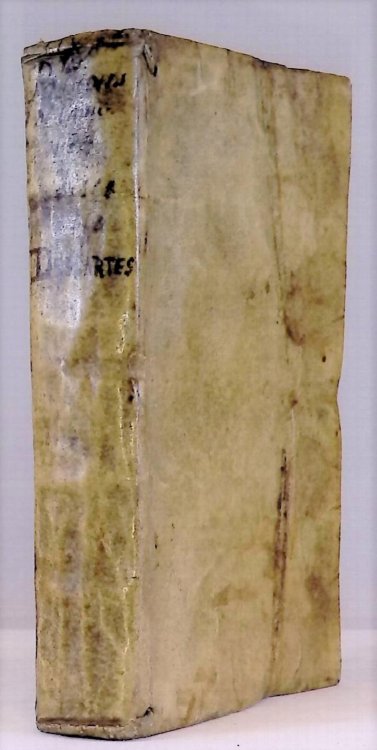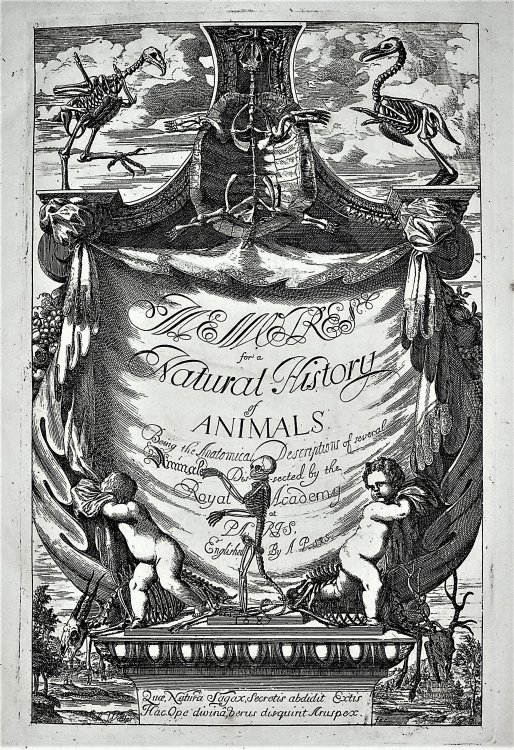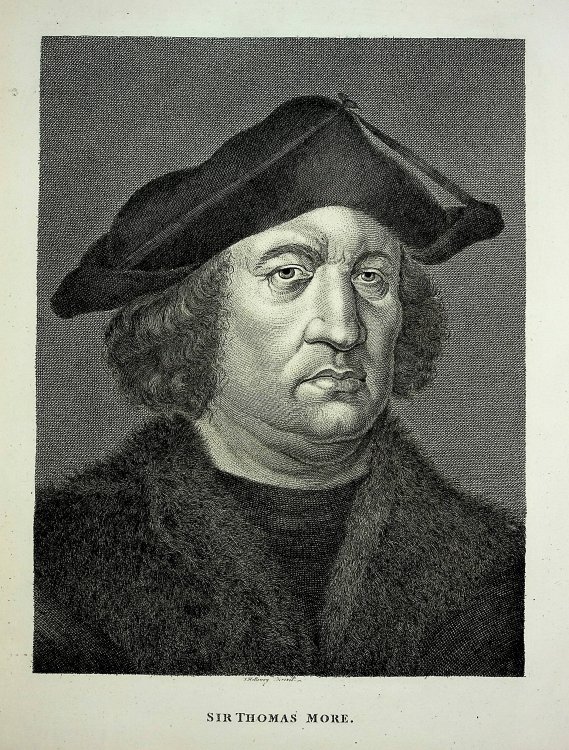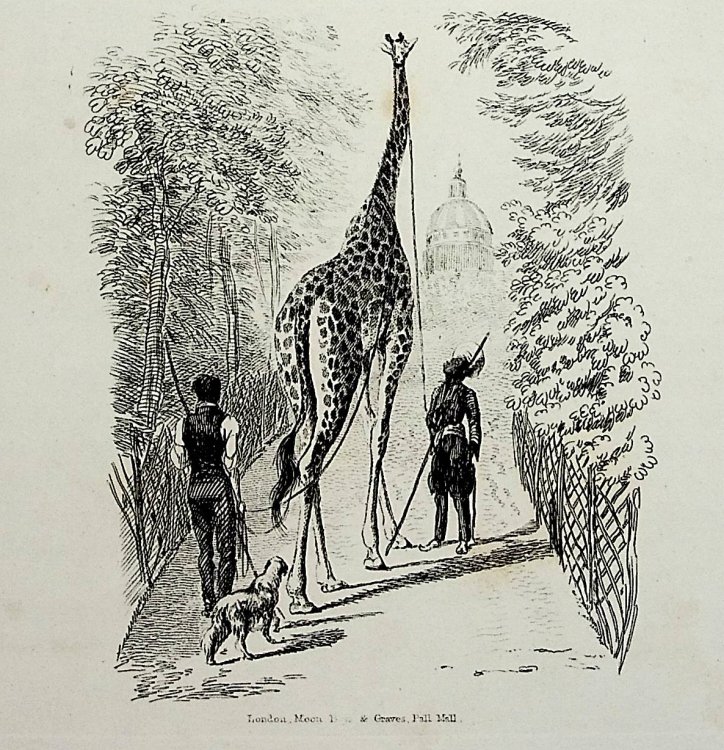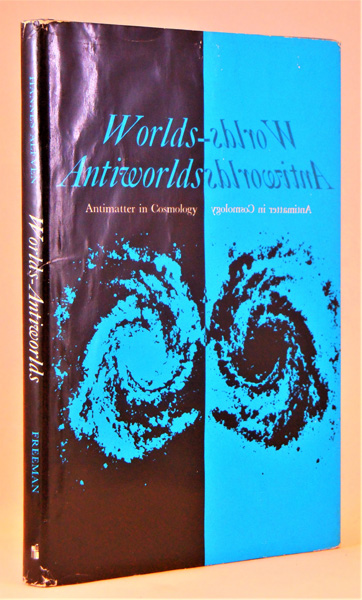
Worlds-Antiworlds. Antimatter in Cosmology
$75.00 USD • Used
CONTROVERSIAL BOOK ON ANTIMATTER BY NOBEL LAUREATE HANNES ALFVEN - SIGNED WITH MARGINAL NOTES BY NOBEL LAUREATE MARSHALL NIRENBERG, TRANSLATOR OF THE GENETIC CODE. 8 1/4 inches tall hardcover, blu...
CONTROVERSIAL BOOK ON ANTIMATTER BY NOBEL LAUREATE HANNES ALFVEN - SIGNED WITH MARGINAL NOTES BY NOBEL LAUREATE MARSHALL NIRENBERG, TRANSLATOR OF THE GENETIC CODE. 8 1/4 inches tall hardcover, blue cloth binding, title to cover and spine, signature of Marshall Nirenberg to front flyleaf, with handstamp of Section of Biochemical Genetics, National Heart Institute, National Institutes of Health, Bethesda, Maryland, 20014; [vi], 103 pp, marginal notes in pencil; very good in very good dust jacket with small edge tears. HANNES ALFVEN (1908 - 1995) was a Swedish electrical engineer, plasma physicist and winner of the 1970 Nobel Prize in Physics for his work on magnetohydrodynamics (MHD). He described the class of MHD waves now known as Alfvn waves. In 1937, Alfven argued that if plasma pervaded the universe, it could then carry electric currents capable of generating a galactic magnetic field. His theoretical work on field-aligned electric currents in the aurora (based on earlier work by Kristian Birkeland) was confirmed in 1967. Alfven's work was disputed for many years by the senior scientist in space physics, the British mathematician and geophysicist Sydney Chapman. He was regarded as a person with unorthodox opinions in the field by many physicists, R. H. Stuewer noting that . he remained an embittered outsider, winning little respect from other scientists even after he received the Nobel Prize. Alfven waves (low frequency hydromagnetic plasma oscillations) are named in his honor, and propagate at the Alfven speed. Many of his theories about the solar system were verified as late as the 1980s through external measurements of cometary and planetary magnetospheres. But Alfven himself noted that astrophysical textbooks poorly represented known plasma phenomena. Alfven believed the problem with the Big Bang was that astrophysicists tried to extrapolate the origin of the universe from mathematical theories developed on the blackboard, rather than starting from known observable phenomena. He also considered the Big Bang to be a myth devised to explain creation. Alfven and colleagues proposed the Alfven-Klein model as an alternative cosmological theory to both the Big Bang and steady state theory cosmologies. MARSHALL NIRENBERG (1927 - 2010) was an American biochemist and geneticist who shared a Nobel Prize in Physiology or Medicine in 1968 with Har Gobind Khorana and Robert W. Holley for breaking the genetic code and describing how it operates in protein synthesis. In 1959 he became a research biochemist at the NIH and began to study the steps that relate DNA, RNA and protein. Nirenberg's groundbreaking experiments advanced him to become the head of the Section of Biochemical Genetics in 1962 in the National Heart Institute (now the National Heart, Lung, and Blood Institute), where he remained a laboratory chief until his death. In August 1961, at the International Congress of Biochemistry in Moscow, Nirenberg presented a paper to a small group of scientists. Francis Crick convinced the conference leaders to invite Nirenberg to repeat his performance the next day. Speaking before the assembled congress of more than a thousand people, Nirenberg electrified the scientific community. He quickly received great scientific attention for these experiments. Within a few years, his research team had performed similar experiments and found that three-base repeats of adenosine (AAA) produced the amino acid lysine, and cytosine repeats (CCC) produced proline. The next breakthrough came when Philip Leder, a postdoctoral researcher in Nirenberg's lab, developed a method for determining the genetic code on pieces of tRNA. This greatly sped up the assignment of three-base codons to amino acids so that 50 codons were identified in this way. Khorana's experiments confirmed these results and completed the genetic code translation.
Product Info
Publisher: W. H. Freeman & Co.
Year: 1966
Type: Used
Binding: Softcover
First Edition
Seller Info
BiomedRareBooksLLCABAAILABIOBA
Address: P.O. Box 193 North Garden, Virginia
Website: https://www.biomedrarebooks.com
Country: United States
